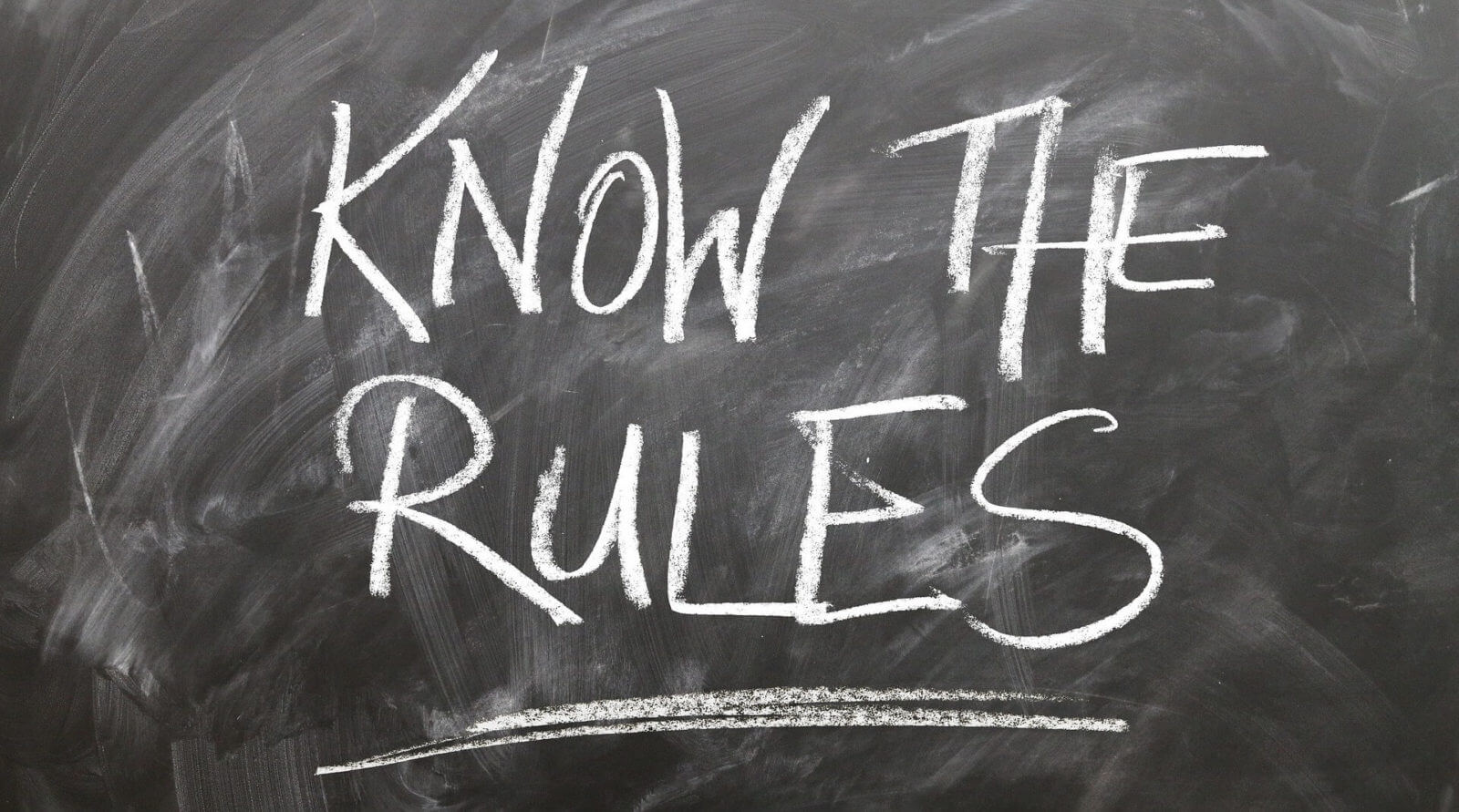The rules (hier auf Deutsch) from Spikeball are very clear and easy to learn. Those whom would like to start Spikeball will not need long to read and the themes are not overly complex so you can directly start.
On this page we have ordered the rules accordingly for what is important to you.
Spikeball rules in a nutshell
Below you will find a relatively detailed explanation of the rules. If you want to familiarise yourself with the most important basic rules, this is the short version.
Spikeball Rules in 30 Seconds
- Rules in Spikeball are technically similar to Volleyball
- Two teams made by two players must play against each other
- The field is not limited to one side however equally 360 degrees for both teams
- All types of Ball touches are allowed
- Each team has maximum three ball contacts per attack (less than three touches are allowed) – The ball must bounce off the net after each attack.
- Players can not be disabled
All clear? Great. Now it’s time to get your own Spikeball set and head off to the park with your friends.
If your curiosity leads you to wanting more details about the rules, then you will find all that you need to know below. In any case, have fun and enjoy the sun.
The principles of Spikeball
Spikeball is about ensuring the ball hits the ground from the net so the opponents can not reach the ball and play it back.
number of touches: Each team has maximum three touches of the ball before it must be hit onto the net. The same goes for the opposing team when the ball is accepted.
Permitted contact: the ball is allowed to be touched by any body part. Every contact/touch counts. The ball must be accepted by their teammate or directly onto the net.
Complete playing field: unlike volleyball, there is no “own” side. Both teams are able to access 360 degrees of movement around the net/trampoline. This makes for a action-packed and motion-heavy game.
Forming the teams
The Spikeball net/trampoline is placed on the most level ground possible. In other cases on the beach or on a large meadow. Ensure there are no dangerous or sharp objects laying around.
Placement of players: The 4 players stand around the net at 90 degrees from the centre of the net. Teams stand side by side.
Accepting player: The player opposite the Serving Player accepts the ball.
Serving order: This is determined before the start of the game. In the case of a rally, the next player with the serve is on it until all 4 players on the field have the task/indication.
The game
The indication/task: the task must always have one foot on the ground. The ball must be thrown at least 5cm high then only can it be hit.
Distance of the players: The distance at impact to the net must be at least 1.80m from the Spikeball net. Only the accepting player may choose the distance and be closer to the net.
After indication, the players may move freely. If the ball was played by a team on the net, the other team must accept the ball. The teams must not obstruct or block the attacking team.
How the ball is hit on the net does not matter. The important thing is that after the attack only the opponents are allowed to touch the ball. Even accidental touches or playing the teammate is a mistake.
Scoring: if a player has scored a point, the same team will continue to give the score. After each point, the player exchanges the position with his own teammate. So you attack alternately the opposing players and not always the same.
Fouls: A player who has claim of the ball may commit a foul however the 2nd found allows a point to the opposing team. Exact fouls that are triggered can be found in the blog post “Fouls Spikeball”
Point system
Points awarded: The points are awarded according to the rally point system (i.e same as volleyball). This means teams can not only earn points if they have the right to serve. If the opponent makes a mistake, you receive a point.
Points to Victory: You will play until 15 or 21 points have been awarded. The target score can also be defined independently of this number. For tournaments, the target score is set beforehand.
Point difference: in order to secure the win, the leading team must have 2 points ahead of the opponent.
Scoring
There are points in Spikeball for the following offenses/mistakes:
Serving team: In the event of a mistake, the team that made the point receives the ball.
Contact with the ground: If the ball touches the ground, the team loses one point. The other team receives the ball.
Error on the net:
The network itself can trigger errors that lead to scoring.
- Contact with the frame of the net: If the ball hits the net frame, this is a mistake both in the game and serve.
- Double Touch: If the ball touches the net twice, this is a mistake of the attacking team. If the ball rolls onto the net and does not bounce off, this is also a mistake.
- The ball must leave the net: The ball must bounce off from the attacking team and accepted by the opposing team.
Still not enough? Here’s the official Spikeball rules: https://tournaments.spikeball.com/pages/2020-official-rules

